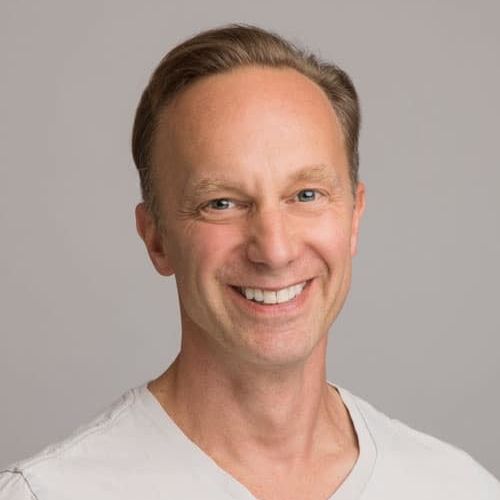Born in London, England, to Canadian parents, Bliss grew up in Canada and danced with the National Ballet of Canada from 1956 until moving to New York in 1962. She performed as a guest artist with the American Ballet Theatre, the Joffrey Ballet, and was a principal dancer with the Metropolitan Opera and New York City Opera. In 1969, she co-founded and subsequently served until 1986 as artistic director of The Joffrey II Dancers. Since 1969, she has also been a master teacher, guest lecturer, and adjudicator of dance festivals throughout the United States and Canada. In 1986, President Ronald Reagan appointed her for a six-year term to the National Council on the Arts.
Upon Antony Tudor’s death in 1987, Bliss was named Trustee of the Antony Tudor Ballet Trust, created to license the rights to his dances and to stage them in a manner that preserves their style and integrity. Under her leadership, the Tudor Trust has become known throughout the international dance community for its distinctive generosity in enabling not only large-scale, world-renowned ballet companies but smaller, regional companies and university dance programs to learn and perform Tudor’s works. At this point there is a special committee creating the Antony Tudor Dance Studies Program.
Sally Brayley Bliss left NYC in 1995 to become Executive Director of Dance St. Louis and was name Executive Director Emeritus after 11 years of service. She shaped Dance St. Louis’ destiny for longer than any other executive director since the not-for-profit dance presenter was founded in 1966. Among her accomplishments since she became executive director in May 1995 were widely expanding Dance St. Louis’ education and outreach programs, and establishing the organization’ s first in depth fundraising programs including an endowment, as well as maintaining an unbroken tradition of bringing extraordinary dance to St. Louis audiences.
In recognition for her contribution to her profession, the Canadian Women’s Club of New York City honored her as Woman of the Year in 1988. In May 1992 Bliss was honored by The Dance Notation Bureau of New York as the recipient of the Bureau’s Tenth Annual Service Award. Bliss has served extensively on many Boards of Directors, including: The Board of the Joffrey Ballet; Chairman of the Board of Visitors of the North Carolina School of the Arts; Board of Trustees of New England College, Henniker, New Hampshire; Advisory Board of the Kathryn and Gilbert Miller Health Institute for Performing Artists (NY); and the Paul Taylor Dance Foundation. Ms. Bliss has also served on the boards of Dance USA, Regional Dance America, the Dance Notation Bureau, and the National Society of Arts & Letters, St. Louis Chapter and is an Honorary Member of the Corps de Ballet International.
Ms. Bliss has received local recognition for her work in Missouri: the 2000 YWCA St. Louis “Academy for Leaders” award; under her leadership Dance St. Louis received the Arts & Education Council of Greater St. Louis’ 2001 “Excellence in the Arts”; the 2006 Missouri Arts Council’s “Leadership in the Arts” award given by the Governor; the 2010 Grand Center “Visionary Lifetime Achievement Honorary” award; and the 2011 Girl Scouts of Eastern Missouri “Girls & Women of Distinction for Remarkable Achievement in Creative Arts” award.
Bliss was married to the late Anthony Bliss, former General Manager of the Metropolitan Opera and has two grown sons, Mark and Timothy and two granddaughters McKenna and Parker. She also has six stepchildren, seven grandchildren and four great grandchildren among her extended family. She currently lives in St. Louis, with her husband Jim Connett, General Manager of the Radio Arts Foundation, the new classical music station in St. Louis, where she avidly supports her beloved New York Rangers, St. Louis Cardinals.









